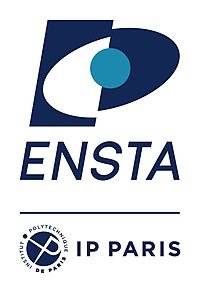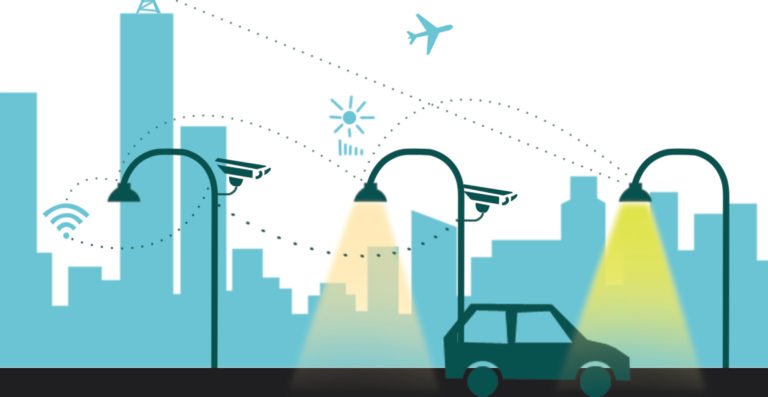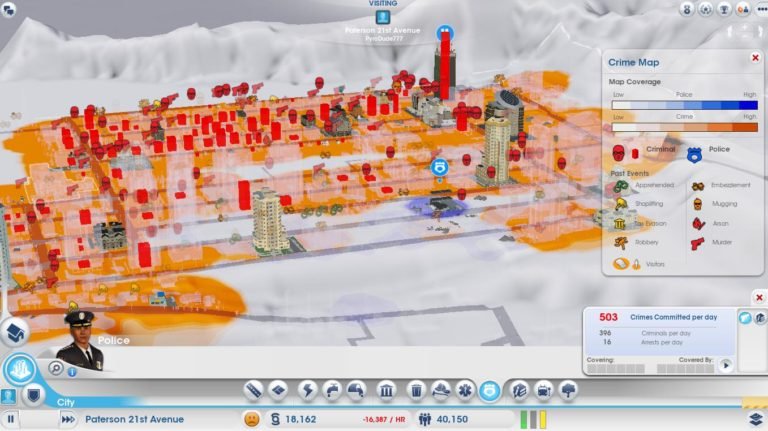Contents
ToggleProject: Smart City on Netlogo
This mini project is part of the course carried out at ENSTA. The objective of this mini-project is to produce, by constructive method, a simulation of a Smart City on the Netlogo software.

The report to be submitted is a compressed file including a PDF detailing each part as well as the Netlogo code of each part. It is noted that observation parameters (graph, counter, etc.) must be added in order to validate your comments. These parameters are not explained in the specifications.
Part 1: car and smart lighting
The observer defines the number of cars generated. At initialization, each car chooses a destination square and moves there by 1 per tick. Once the destination is reached, the car chooses another destination and moves there.
When a car is moving, the patches located at the location of the car as well as the two boxes (following the future movement) turn yellow. The brightness of the box fades over time.
The rate of evaporation of light is a parameter of the observer.

Each point must be argued separately:
- Define agents, observer parameters, setup and go.
- Explain the chosen model (how to move around, how to provide lighting, etc.).
- Carry out simulations
- What do you observe in a simulation (is this the desired behavior)?
- What do you observe in several simulations (is there always convergence)?
- What do you observe by changing the observer parameters (critical or cascading effects)?
Part 2: the firefighters
Four fire trucks are located in the center of the model (their nest) and stay there or return there until there is no fire.
A fire can start spontaneously on any square (except the nest) according to the observer's parameters. A fire gains in power and spreads according to the observer's parameters.
When a fire exists, fire trucks go there. When a truck is on a fire space, the fire value decreases by a value set by the observer. A truck that is on an empty space will search for the nearest fire space.

Each point must be argued separately:
- Define new agents, observer settings.
- Explain the model chosen for the fire.
- Carry out simulations
- What do you observe in a simulation (is this the desired behavior)?
- What do you observe in several simulations (is there always convergence)?
- What do you observe by changing the observer parameters (critical or cascading effects)?
Part 3: the police
Two police cars move around the city twice as fast as a car. Spontaneously, defined by the observer, a crime can arise.
A crime behaves the same as a moving car 1. The crime moves randomly in space (with a wiggle of plus or minus 30 °).
When a crime is detected, police cars move towards its position at all times. When a police car has a crime in the neighborhood, it "kills" him.

Each point must be argued separately:
- Define the agents, the parameters of the observer.
- Explain the chosen model (for crime, for the police).
- Carry out simulations
- What do you observe in a simulation (is this the desired behavior)?
- What do you observe in several simulations (is there always convergence)?
- What do you observe by changing the observer parameters (critical or cascading effects)?
